PPT-Hydraulics and Pneumatics
Author : tatiana-dople | Published Date : 2017-10-25
Lets see what you already know What is a machine A thing that makes work easier to do Can you name some simple machines Scissors screws levers hammers wheels
Presentation Embed Code
Download Presentation
Download Presentation The PPT/PDF document "Hydraulics and Pneumatics" is the property of its rightful owner. Permission is granted to download and print the materials on this website for personal, non-commercial use only, and to display it on your personal computer provided you do not modify the materials and that you retain all copyright notices contained in the materials. By downloading content from our website, you accept the terms of this agreement.
Hydraulics and Pneumatics: Transcript
Download Rules Of Document
"Hydraulics and Pneumatics"The content belongs to its owner. You may download and print it for personal use, without modification, and keep all copyright notices. By downloading, you agree to these terms.
Related Documents

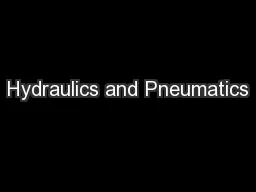
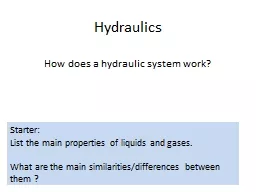
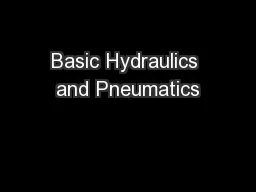
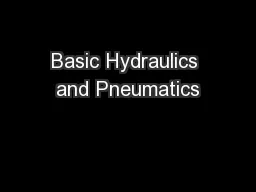
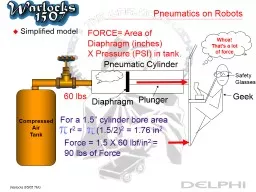
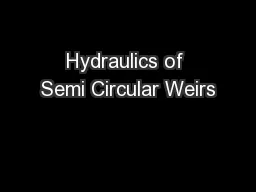
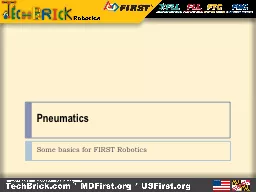
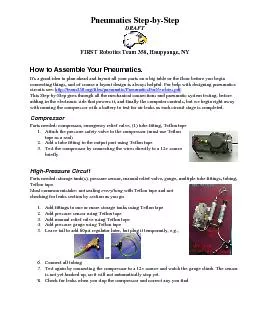
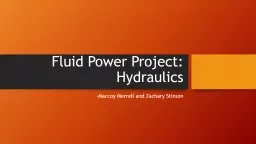
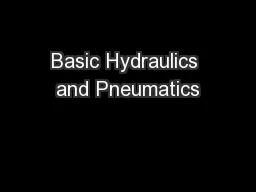
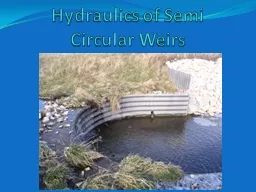
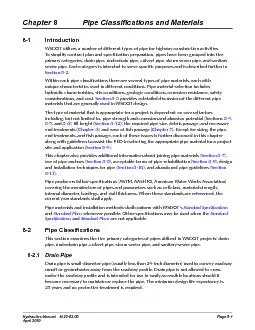
![[EBOOK] Practical Book: Electro-pneumatics - Basic Level Industrial Hydraulics and Pneumatics](https://thumbs.docslides.com/1004161/ebook-practical-book-electro-pneumatics-basic-level-industrial-hydraulics-and-pneumatics-practical-book-series.jpg)
![[READ] Practical Book: Industrial Hydraulics - Basic Level Industrial Hydraulics and Pneumatics](https://thumbs.docslides.com/1004581/read-practical-book-industrial-hydraulics-basic-level-industrial-hydraulics-and-pneumatics-practical-book-series.jpg)